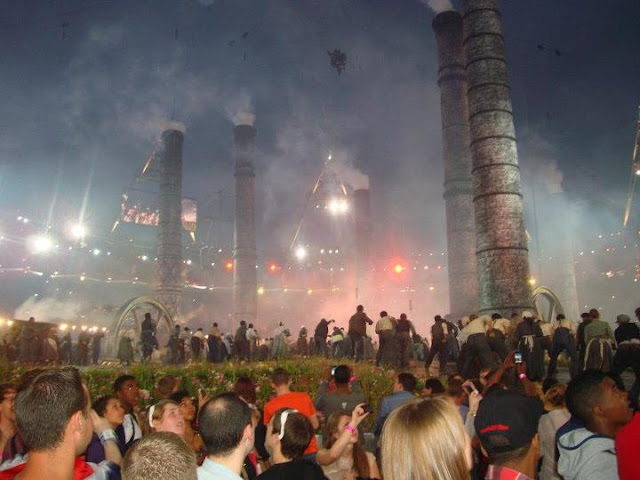The process of underpinning can be confusing sometimes to understand,I particularly found it odd when my dad told to me to fetch him a book about it, I remember thinking before I began my course "What on earth is underpinning" at first I thought it had something to do with inserting pins into a building to help it stay up in some way but I later found out that it was basically a really good way of supporting buildings with weak foundations or buildings that had been the subject of subsidence.
I remember the first time I saw a building that had subsided, it looked like something out of a story book and while these things did happen I did not expect it to look so real in front of me.
I had accompanied my dad to the site and this was the first time I had actually heard the engineer talk about the situation of the house, there turned out to be more problems than normal and the underpinning had to be done as soon as possible because the home owner had a big family and were going to start school any time.
At first I was baffled at how they were going to sort this mess out, luckily for me we had a Geotechnical lecture the next day and it was all about Underpinning, our teacher showed us that since its completely different to new foundations this type of work is carried out on existing structures. He explained how the procedure is carried out in sections usually numbered and formed in sets of "1's 2's and 3's" and so on. The following image shows an Illustration of how the sets are made.
Here you can see that the sets go from 1 to 4 and are completed in a sequence to insure that the structure is supported underneath and doesn't just collapse.
Fortunately I was able to go on a few site visits and the Chief engineer sent me to check how grout was being dry packed at the required level which was 75mm as he was worried that the workmen were not carrying out the work properly. In the end the underpinning was completed and it looked really good, I actually wish I had pictures but I couldn't take proper photos as the days I went were just too hectic.
One major point to take into consideration is the amount of labour involved in the procedure of underpinning as this usually adds to the cost of £1000/metre.
Does anyone else have experience with working with underpinning? Do you have any special tips?
Houda














